After a few days in the very dry north-west of China, which sports a lot of desert or desert-like landscape we made a larger move to southern China, to the Guizhou province. As one of the rainiest and poorest provinces in China, it was quite a contrast to what we have seen in the previous few months in China. On top of that, the menu changed quite a bit as well.
It so happened that our first full day of travels and the first day of rain coincided. Luckily we could enjoy the rain from insides buses and airports in Lanzhou and Guiyang. The airport shuttle brought us from Wuwei to the Zhongchuan airport in Lanzhou. Even though the schedule was not exactly aligned with our flight, we preferred the direct connection over the hassle of changing connections twice including a rush through the city of Lanzhou. The result was a waiting time of four hours at Lanzhou airport which we could bridge through use of electronics and books.
Guiyang only happened to be a transfer point, such that we checked into a hotel near the train station. After a little bit of confusion we finally found the hotel and paid the city a short evening visit. The lasting impression is the seemingly forgotten statue of Mao standing amidst billboards and brightly lit high-rises near the People Square.
Early next morning we started asking around for the best means of transport to Kaili, a small town about 200km east of Guiyang. While our sources didn’t quite agree on whether to like or dislike the city itself, we discovered a very nice small town through what remains of the old town, the sunday market, narrow alleys, enjoyed the view from the Dage Park and let ourselves be informed about the most recent construction projects. All in all we enjoyed the town, finding it enjoyable and interesting, particularly the sunday market which brought the inhabitants of the surrounding villages to town to sell their different wares.
In their pair of bakets hanging from a bamboo stick, which the locals carried on their shoulders and which doubled as market stall, anything small than half a meter in diameter was transported through streets and alleys. People dealt with nearly anything which brought a few Yuan. From young animals of almost any kind and meat to vegetables and bed covers and tools for wood and metal work, people would sell anything between the east and west gates of the town. We had to double-take when we spotted dogs from the corner of our eyes. What looked like a live dog at first sight turned out to be a pre-cooked dog cut in two pieces.
During the mid-autumn holiday, we chose to head out of town and into the villages and the nature surrounding Kaili. We chose to head for Langde, which we conveniently reached by bus from the long-distance bus station. Luckily there was no flood of tourists streaming into the village, which remained calm all day. Besides the fact that it was holiday, the lack of cultural performance was most likely another reason why people stayed away. This gave us ample time and room to try to determine the differences of the Miao villages in Guizhou compared to the Zhuang villages in Guangxi. It turned out that there weren’t too many, which shouldn’t be too surprising considering that the two people are neighbors.
After the firs tour around the village, we headed out into the green surroundings. We followed the path on the opposite side of the river. The path started climbing higher and higher until we reached the rice and corn fields high above the valley. The farmers were nice enough to explain to us that there was no use in climbing any higher since there were no more villages to be discovered on top of the mountains, just a few more rice and corn fields. We enjoyed the fresh air and were astonished by what nature had to offer in this little corner of the world. Particularly the butterflies, which seemed to be trying to beat each other in fancy colors and size, were a sight to behold. Even us laymen could identify quite a number of different species.
Back in Upper Langde we enjoyed a bowl of cold noodles before we went on the short hike down-stream to Lower Langde, which is located on the main road between Kaili and Leishan. The path across rice fields and across newly built traditional bridges gave us a few more insights into local life. While we had already observed a few local ladies fishing in the morning, we had another chance to learn new tricks from the local men chasing fish in the river using snorkeling gear, nets and harpoons. Additionally we learned the hard way that the newly built bridges were meant to be used, not just to be looked at. It so happend that we did not use one of the bridges and ended up in a dead end, since our path was blocked by the river and a vertical cliff. Since we had already bathed our feet in the river earlier, we knew that the water was nice and warm, so we decided to take off our shoes and chose the easier route through the river. Unfortunately we had to discover that our feet were not used to walking on rocks with edges, such that the experience ended up being quite painful. Finally made it across and could relax our feet while letting them dry in the sunlight.
We reached Leower Langde, which also showed almost no life. The wooden constructions made to accomodate tourists to watch local singing and dancing gave a good impression what must be happening here during high-season. We refilled our drinks, bought a few fresh grapes before heading back to Kaili by bus.
We asked the hotel staff for good places to go for the evening of the mid-autumn festival. From last year in Tianjin we knew about the small hot air balloons which people let go to beatifully light up the night sky and were hoping to find something similar this year. The only pointer we got however was to head out to the Jinquan Park. Once we arrived in the small park behind the city government however it looked like the party had taken place without our presence. A few stray people were still lingering in the park, while the majority had already left. We spotted two last balloons in the air, before we decided to head back to the hotel, where we took care of a few little things.
For Tuesday we had bought train tickets directly from Kaili to Anshun via Guiyang. The one thing we did not consider was that it happened to be the day after the holiday, which meant a lot of people heading back to work. The waiting hall of the Kaili train station almost burst because there were several trains leaving around the same time and about half of them were delayed by a considerable amount of time such that people kept arriving, but no one was able to leave. The metal fences made us feel like cattle, lucky for us that our train was on time and in less than 4 hours we arrived without any hitch in Anshun. We quickly found a hotel near the train station such that we could start discovering the city. By accident we ran into what were the remains of the old town, at places still fully intact and very busy, in other places subject to remodelling projects.
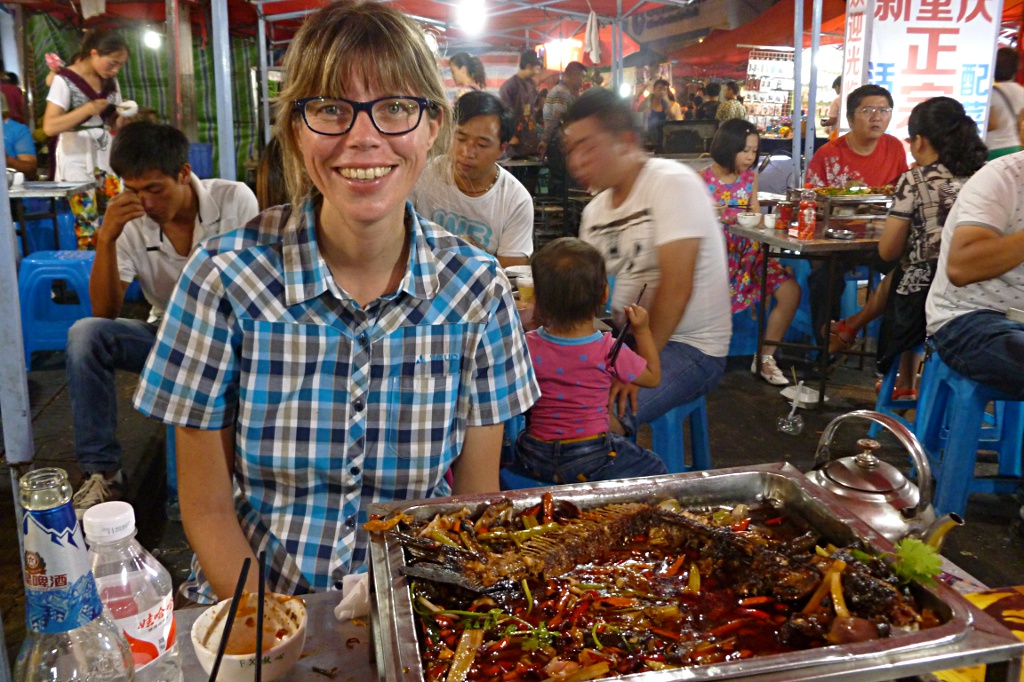
Happy thanks to a full stomach: Delicious barbequed fish Chongqing-style on the night market in Anshun
The highlight of the day ended up being our dinner at the night market in Anshun. We first enjoyed and amazing fish Chongqing style followed by shaved Mango ice. It happened to be one of the best fish we ever had in China. Once again we almost had to be rolled back to the hotel…
The main reason of our stop in Anshun were the famous waterfalls near Huangguoshu. We left the hotel early in the morning stil a bit sleepy to first find some breakfast. Once the stomachs were filled, we headed out to the East Bus Station. Since a local had explained to us how to get there the day before this was an easy feat and after only 14 stops on city bus 16 we reached the modern bus terminal. Very efficiently we got our tickets and 15 minutes later we sat on the bus to Huangguoshu.
One thing we had read about the Huangguoshu waterfalls was that they forced visitors to buy a shuttle bus ticket along with the entrance ticket. However it turned out to be absolutely no problem to buy an entrance ticket only. With a little help we reached the first set of cascades, the Douputan waterfalls. Once again we noticed the advantage of visiting the place after the summer vacations. While the viewing platforms accomodated considerable amounts of visitors, we had absolutely no problem to find a nice spot to take in the falls and take some pictures. We continued down the road and after a few hundred meteres reached a turn-off with a closed gate. However a small door was open and we entered and had our tickets manual checked. Almost on our own we could enjoy the brand new walkways which were sometimes covered to protect from the burning sun. It later turned out that this part of the tourist park had only recently been completed and was not yet officially opened for the public. From down below the area was considered off limits for visitors.
The posters showing the changes which were made in recent years gave us quite a bit food for thought: While the pictures showed a complete village in 2006, the only thing that remained was a catholic church. The reminder has been removed in recent years and comparing the picture from March 2014 and August 2014 showed, that all greenary only grew this year. We could only hope that the villagers were adequatly compensated for their move and that they found a decent position possibly following their own business with all the visitors.
We were really impressed once the huge waterfall came into view. When a more than 80 meter wide river with quite a bit of water suddenly drops 77 meters a lot of energy is converted. Correspondingly the noise and the mist across the whole valley below. The plastic ponchos which are sold everywhere nevertheless are overkill, since one only really gets soaked when placed directly under the dropping water. As advertized it is possible to view the waterfall from six sides: from the front and back, top and bottom as well as left and right. Particularly interesting is the way through the water curtain caves leading behind the waterfall.
We careful viewed the waterfall from all six directions before we had a next difficult decision to make. Should we head down to the Tianxin bridge by foot, by taxi or resort to the shuttle buses? We started talking to one of the taxi drivers and it became evident that this was a lost case. The distance was too far and the time too advanced to consider walking, so we finally reluctantly bought the bus ticket for 50 RMB. It turned out that buying the bus ticket along with the entrance ticket actually is a good idea if one opts to visit the landscape around the Tianxing bridge. Thanks to the nice bus drivers we could circle the whole circuit more than once with our bus ticket in order to visit all the places.
The karst landscape around the Tianxing bridge proved to be another miracle. Amazing rock formation were created over millions of years by the water. However it was sometimes difficult to distinguish the natural rocks from the man-made paths, bridges, etc. We enjoyed the down-hill hike through rocks and trees, visited the huge hall of the Tianxing cavern, were impressed by the Xixiang waterfall, before we lazily headed back up-hill using the little cable car which gave us some nice views of the river system from above.
The bus back to Anshun left shortly after 6pm and dropped as between the train station and our hotel, such that we opted to drop off our daypack at the hotel before tackling the night market again. Finally we filled up on supplied for the next long train ride…

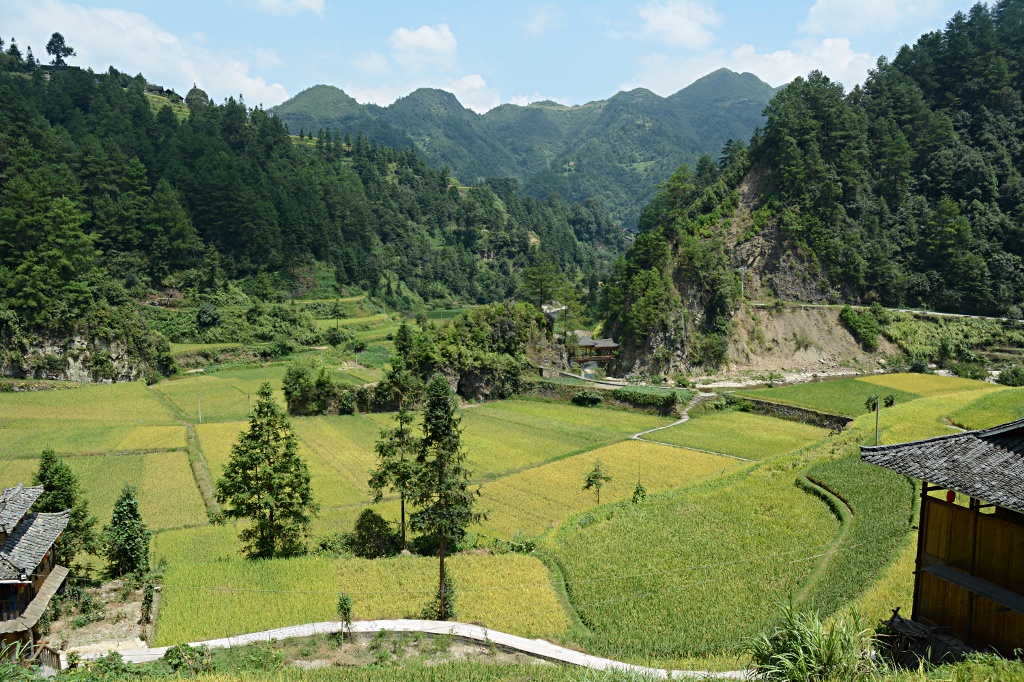
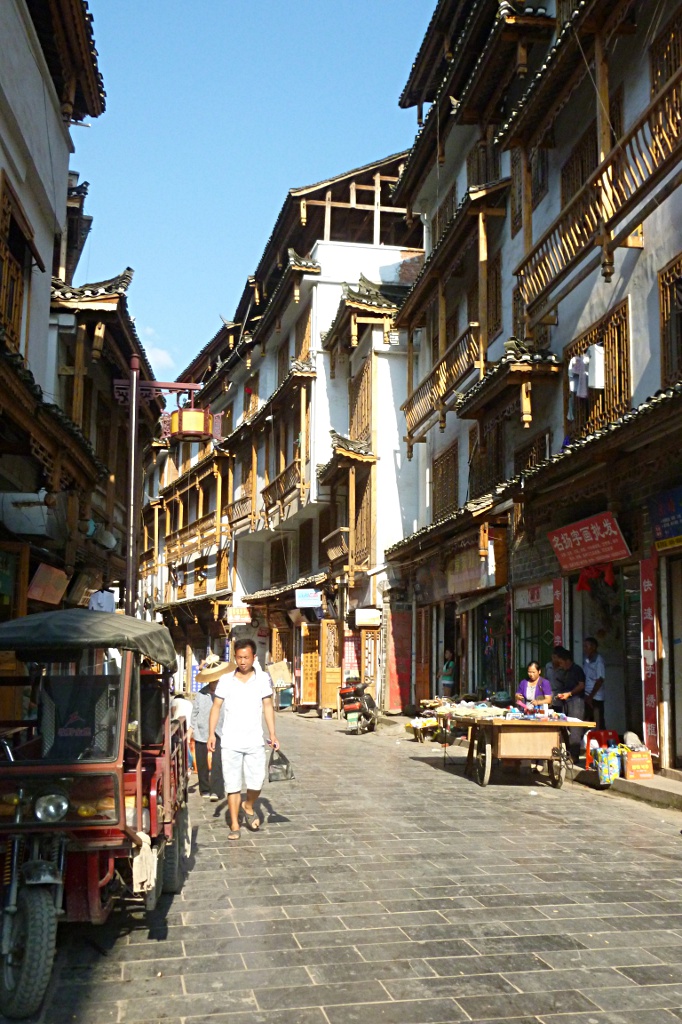
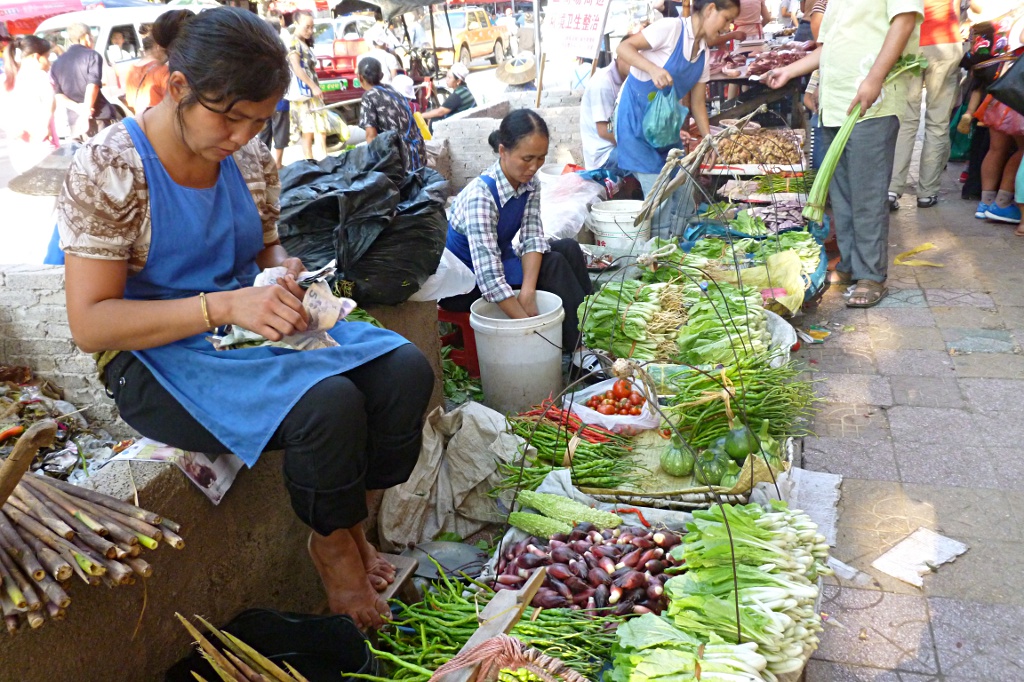
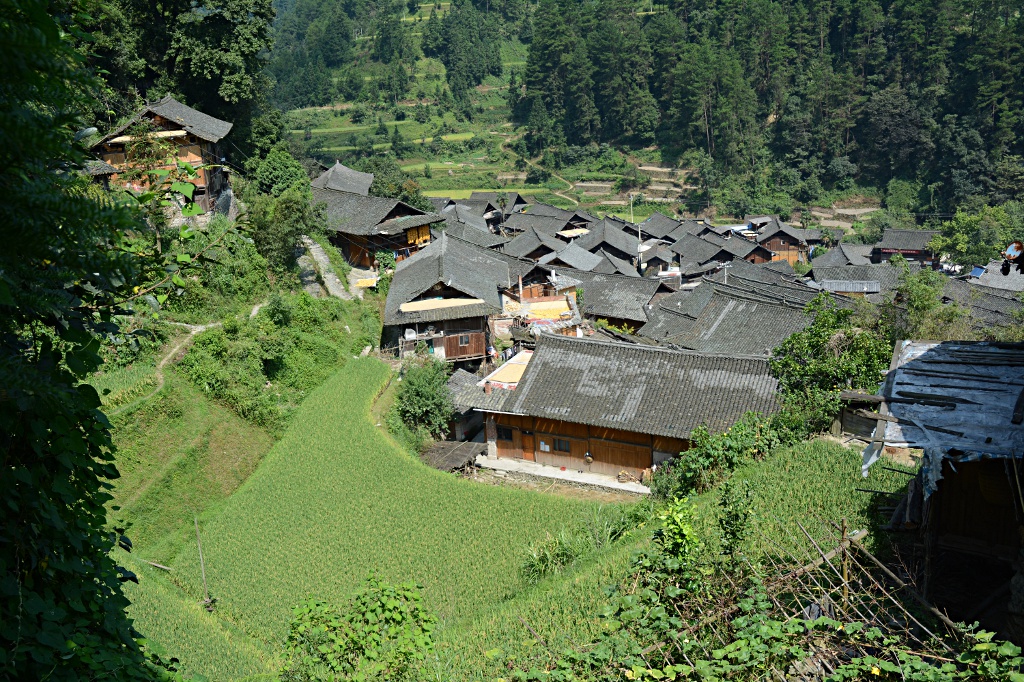
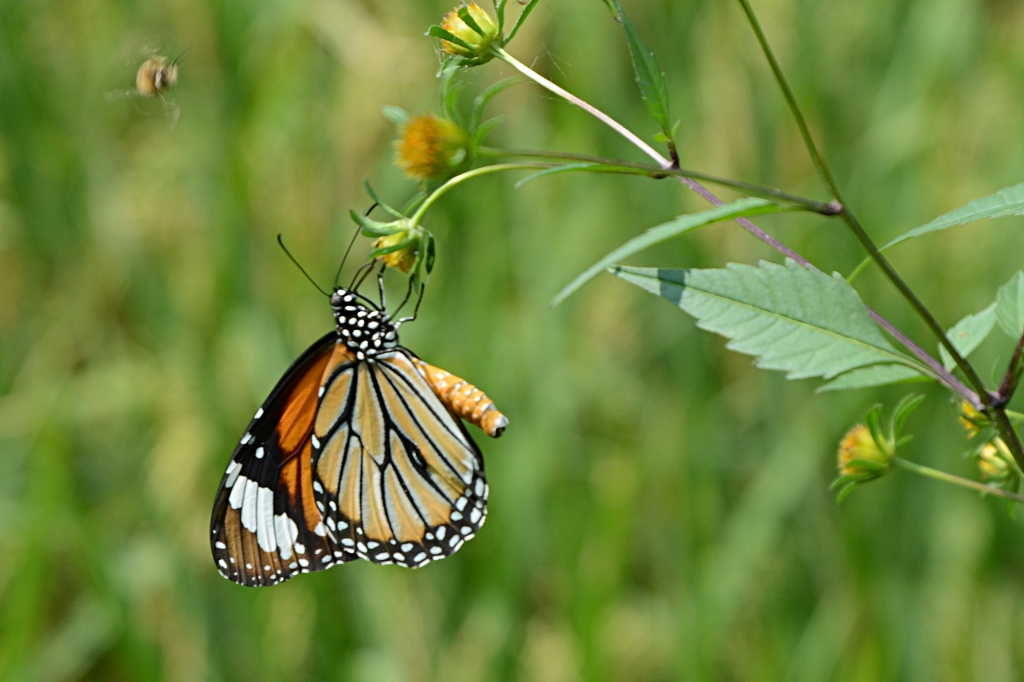
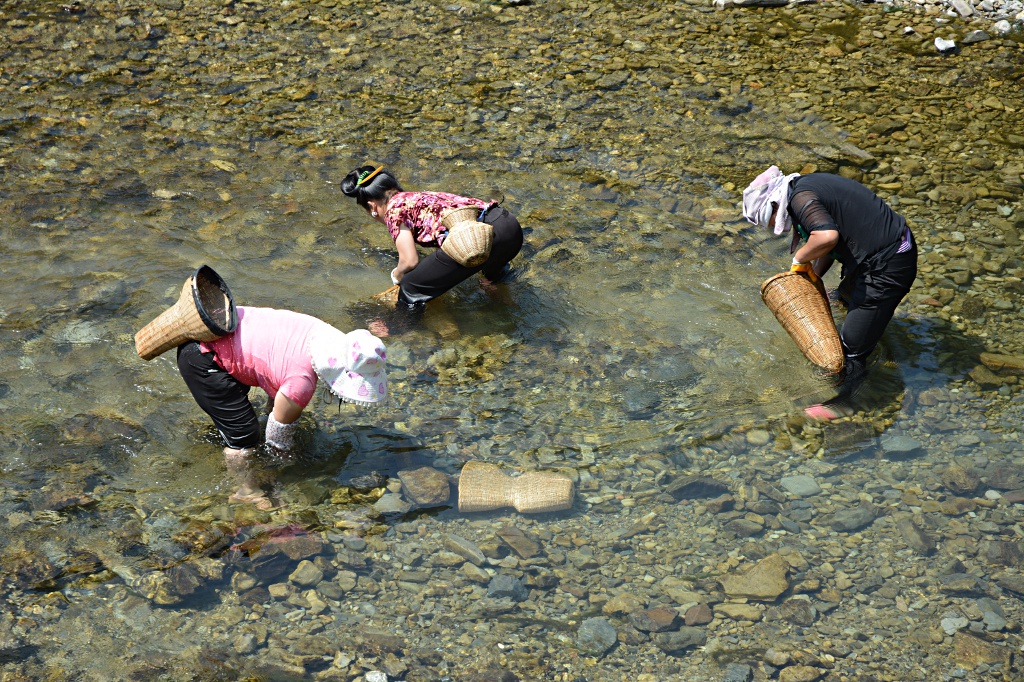
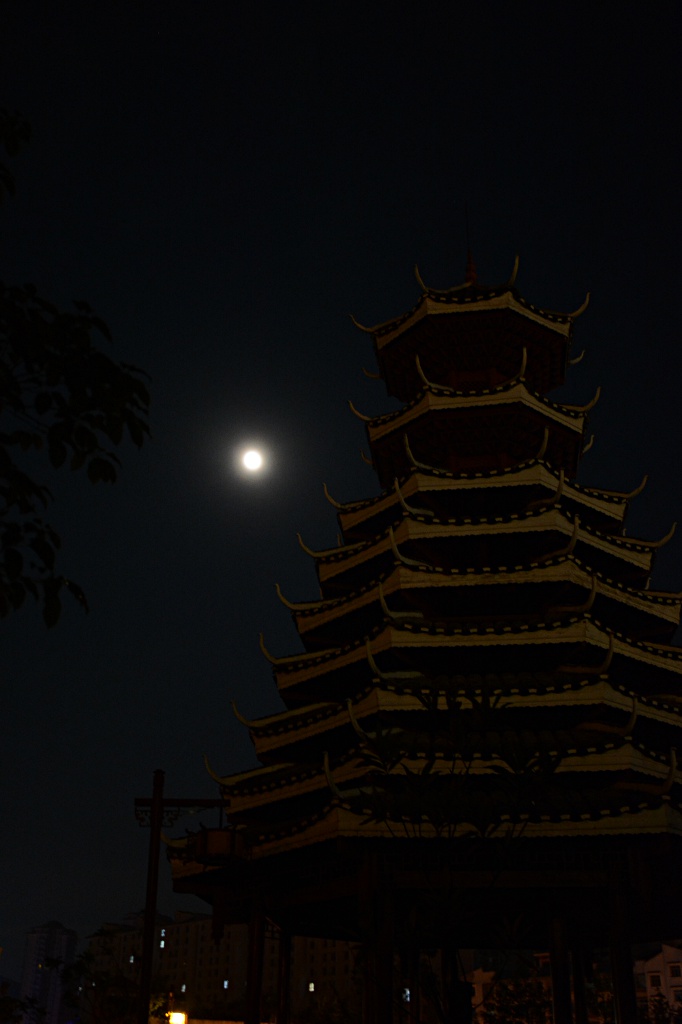
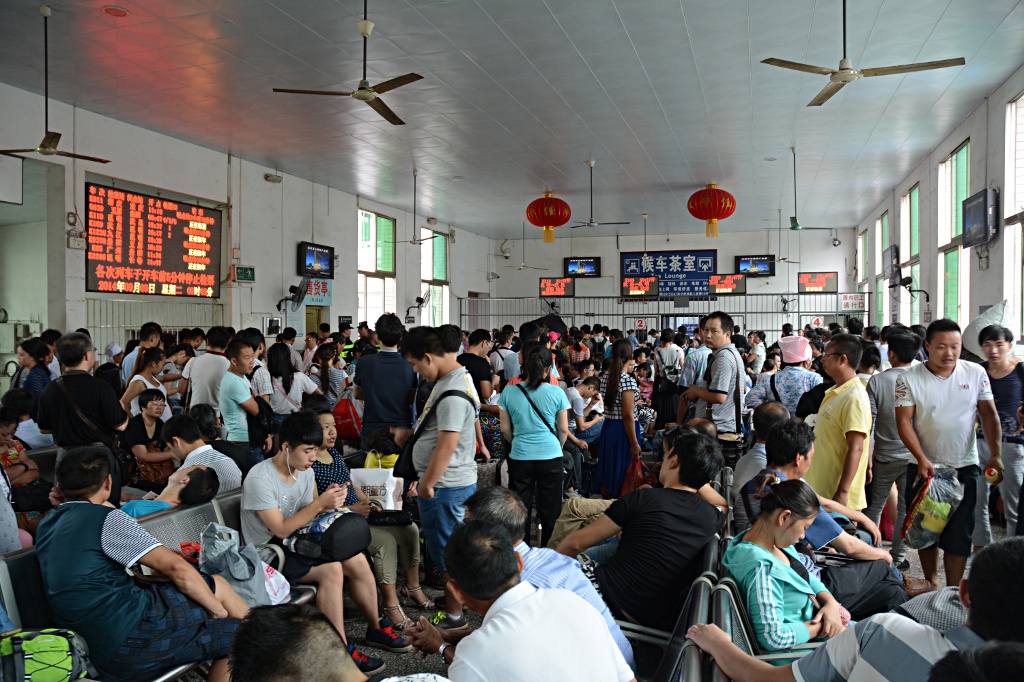
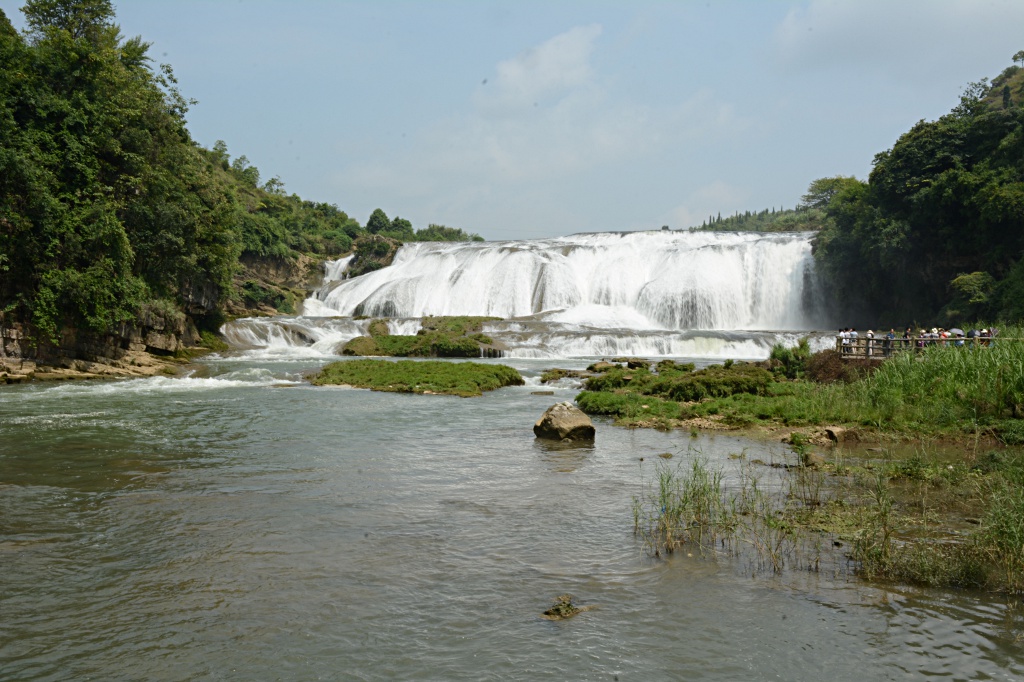
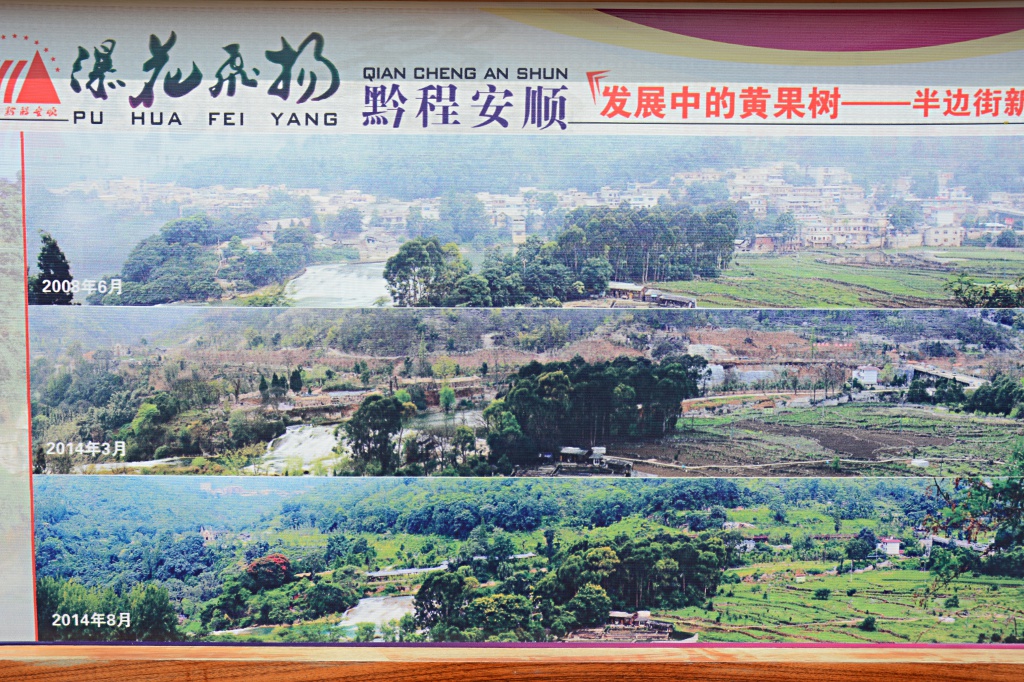
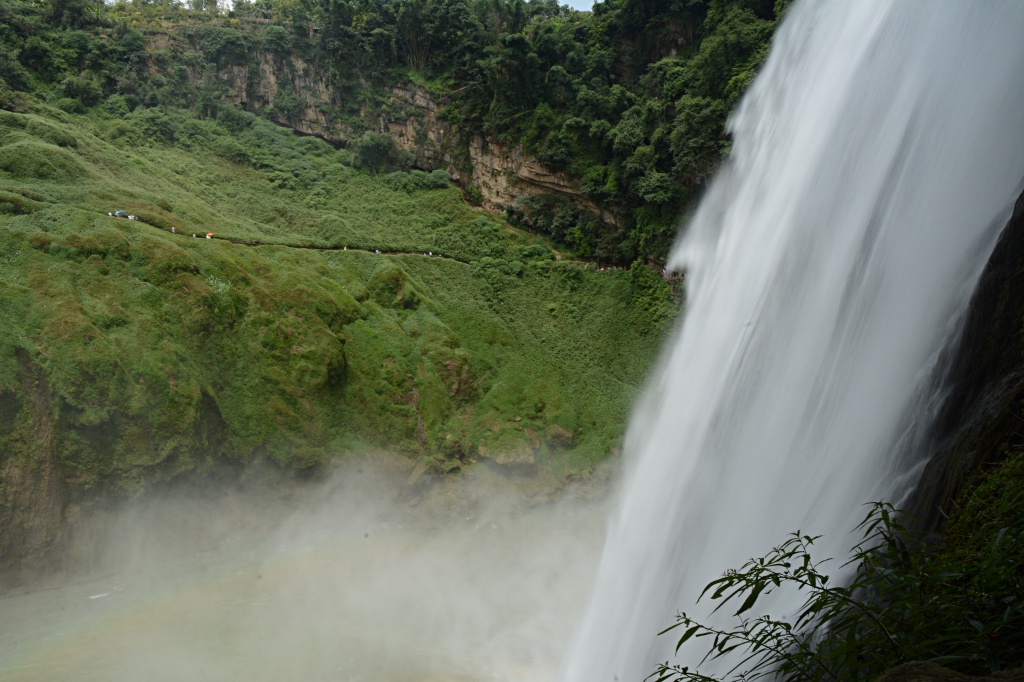
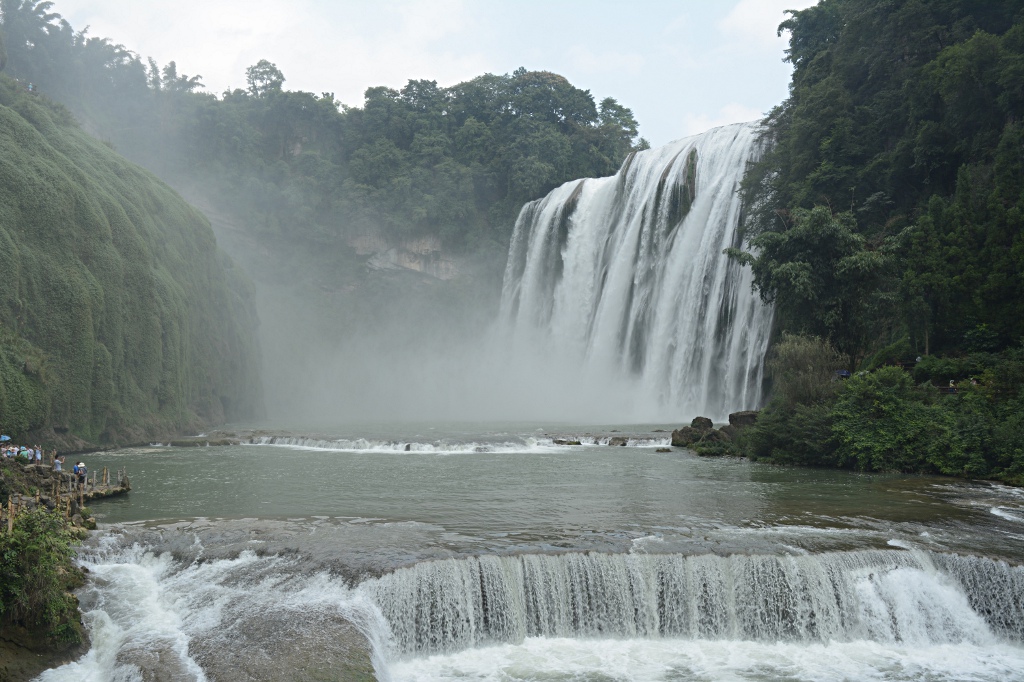
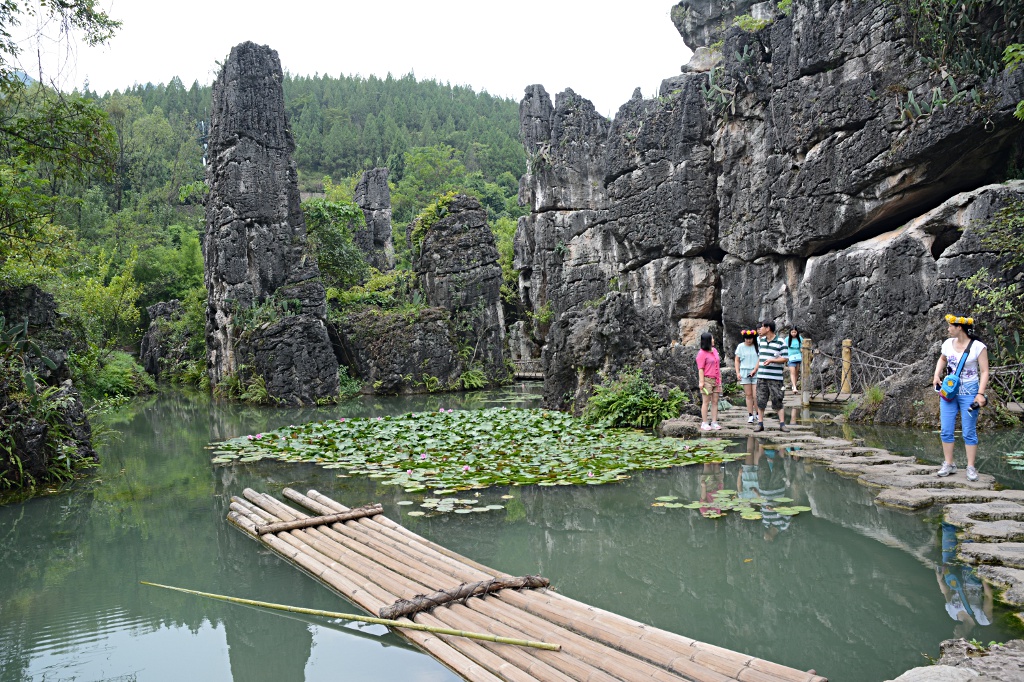
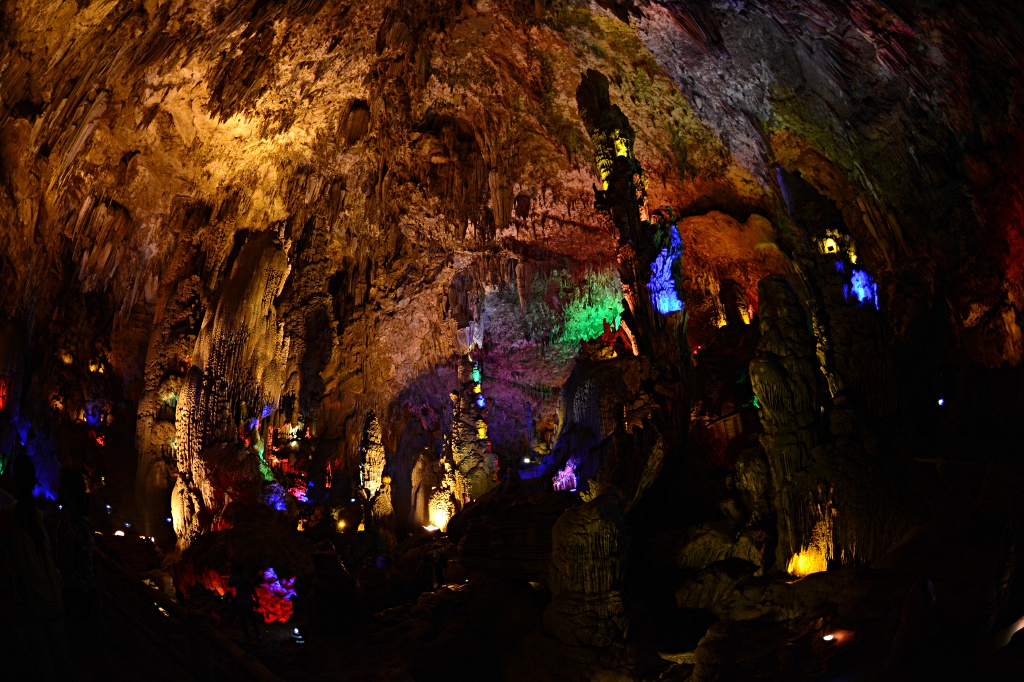
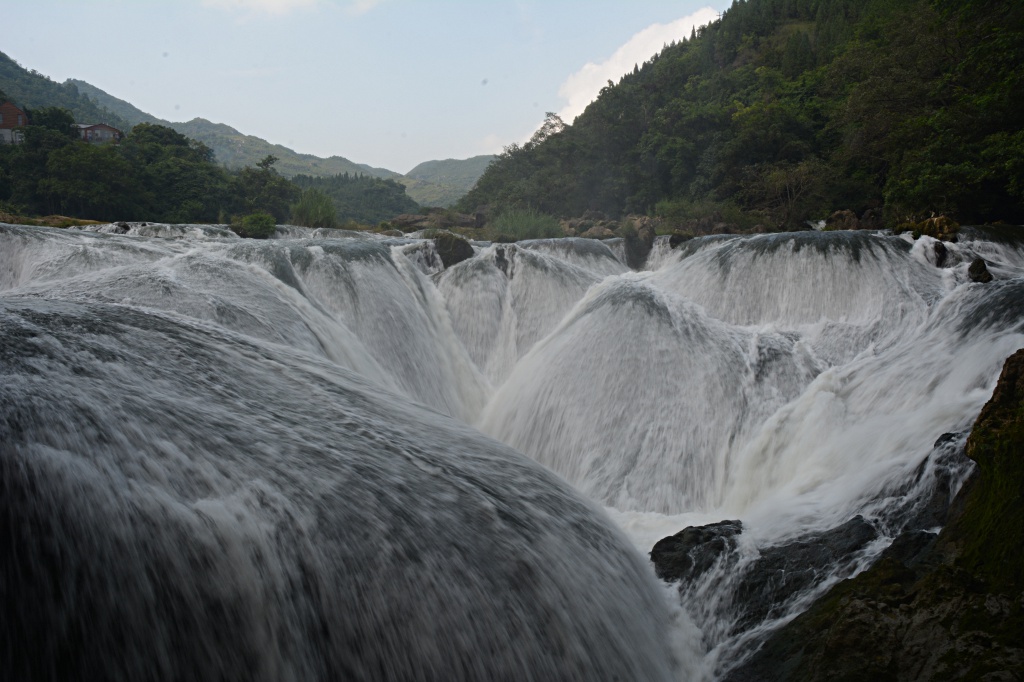
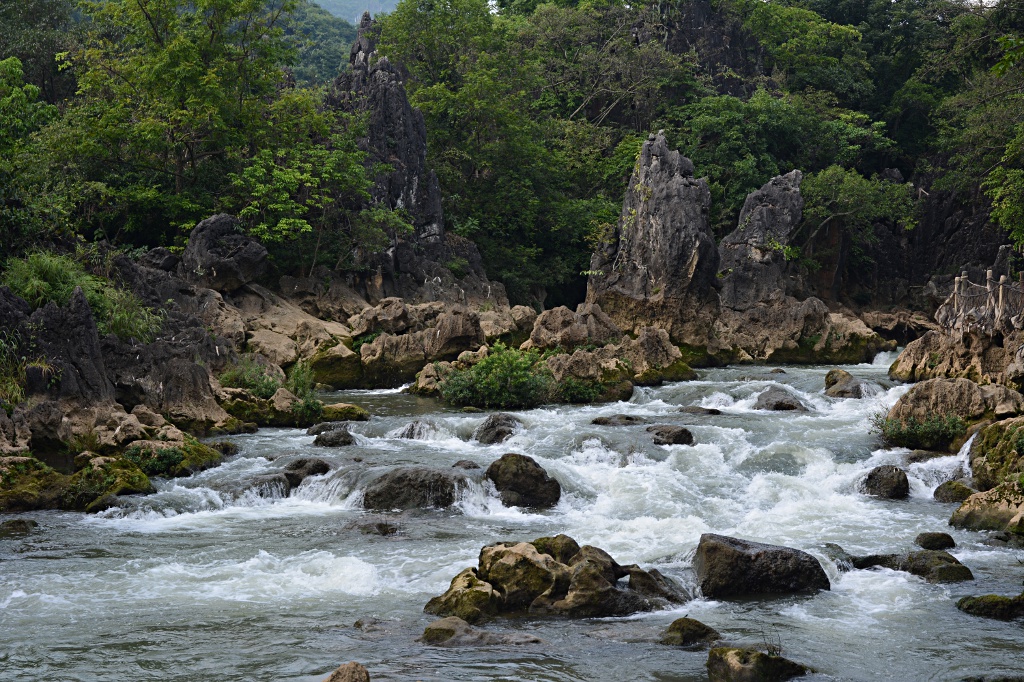
Oliver, I love your photos! So peaceful and beautiful.
Thanks!